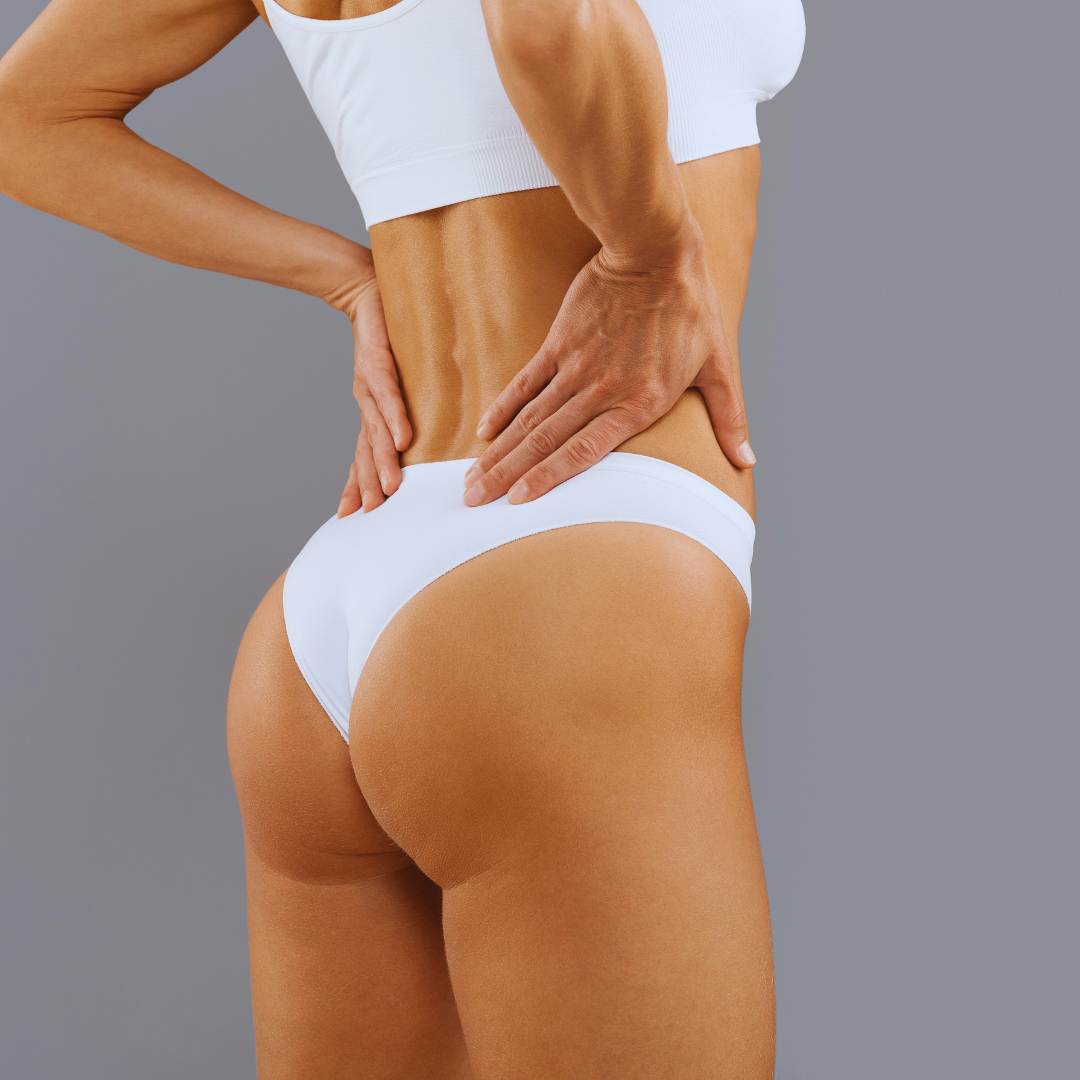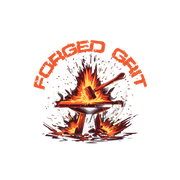How to Grow Huge Glutes and Legs with Dumbbells in Your Garage Gym

If you’ve ever wanted to build massive glutes and legs but thought you needed a fully equipped gym, think again. With just a set of dumbbells and a little bit of grit, you can achieve impressive gains right in the comfort of your garage gym. Let's walk us through a brutal leg workout that proves you don’t need much equipment to get results—just a little creativity, some knowledge of physiology, and a healthy dose of intensity.
Let’s dive into the science-backed workout that will have you feeling the burn in all the right places while keeping things fun (or as fun as leg day can get).
The Basics: Why This Workout Works
First things first: why dumbbells? When you're limited on space or equipment, dumbbells are a versatile tool that can help you target multiple muscle groups. This workout focuses on hypertrophy (muscle growth) and ensures that you’re hitting your glutes, quads, and hamstrings from every angle. It's designed to maximize muscle tension and metabolic stress, which are key drivers of muscle growth.
But this isn't just any dumbbell workout. The exercises are carefully chosen and the technique is crucial. By emphasizing proper form and controlled movements, you’ll target those deep muscle fibers that might otherwise be missed.
Exercise 1: Dumbbell Stiff-Legged Deadlift
Warm-Up: Start with a light set of dumbbells (around 20 lbs). This exercise focuses on the hamstrings and glutes, and it’s all about that deep, painful stretch.
Form Tips:
- Tilt your hips back to push your butt as far back as possible.
- Keep your chest up and your knees slightly bent, but don’t let them drift forward.
- Lower slowly until you feel a stretch in your hamstrings, then come back up.
Pro Tip: Skip the tactile cues—no need to be hands-on. Focus on the mind-muscle connection and let your body do the work.
Exercise 2: Bulgarian Split Squat with a Deficit
This move puts your glutes at a major stretch, hitting them from an angle that really emphasizes growth. By placing your front foot on an elevated surface (like a 3-inch step), you increase the range of motion and the intensity on the working leg.
Form Tips:
- Use dumbbells (20 lbs for women, or adjust according to your strength level) and perform 4 work sets, alternating legs.
- Keep your chest up, and sink down slowly, holding at the bottom for a brief pause.
- Focus on control throughout the movement—this isn’t about speed, it’s about making those muscles work.
Why It Works: The deficit increases the range of motion, targeting the glutes even more effectively than a standard split squat. Plus, the added balance challenge recruits stabilizing muscles, giving you a more comprehensive leg workout.
Exercise 3: Partial Squats for Metabolic Burn
This finisher is brutal, but it’s where the magic happens. This keeps constant tension on the quads and glutes, maximizing muscle fatigue and metabolite buildup—key factors for muscle growth.
Form Tips:
- Heels on, toes off—this position shifts the focus more onto the quads.
- Hold at the bottom for two seconds, then come up only two-thirds of the way before lowering again.
- Perform as many reps as possible until you can barely move—this is what separates the quitters from the champions.
Why It Works: By limiting the range of motion, you keep the tension on your muscles without giving them a chance to rest. The result? An insane burn and a pump that will make your quads and glutes feel like they’re about to explode.
Physiological Breakdown: Why Your Muscles Will Hate (and Love) You
Now, let’s talk physiology. The reason these exercises are so effective comes down to how they manipulate muscle tension and metabolic stress.
-
Muscle Tension: By using controlled, slow movements and maintaining tension throughout each exercise, you maximize the time your muscles are under tension. This extended time under tension (TUT) is critical for hypertrophy, as it forces your muscles to adapt by getting stronger and bigger.
-
Metabolic Stress: The partial squats, in particular, are designed to trap metabolites (like lactic acid) in the muscle, which signals your body to increase muscle size as a way to handle the stress better in the future. This metabolic buildup is what causes that intense burn—and it's also what leads to serious gains.
-
Mechanical Damage: The deficit split squats create micro-tears in your muscle fibers, which, when repaired, result in larger, stronger muscles. This is why you might feel sore for a day or two after this workout—but that’s a good sign!
Wrapping It Up: Embrace the Suck (with a Smile)
There you have it—the ultimate garage gym leg workout. It's simple, it's effective, and it’s downright brutal. But hey, if it was easy, everyone would do it, right? So grab those dumbbells, embrace the burn, and remember—pain is just weakness leaving the body.
Incorporate this workout into your routine, and you’ll be well on your way to building those huge glutes and legs, all from the comfort of your own garage gym. Now get out there and crush it!


Leave a comment